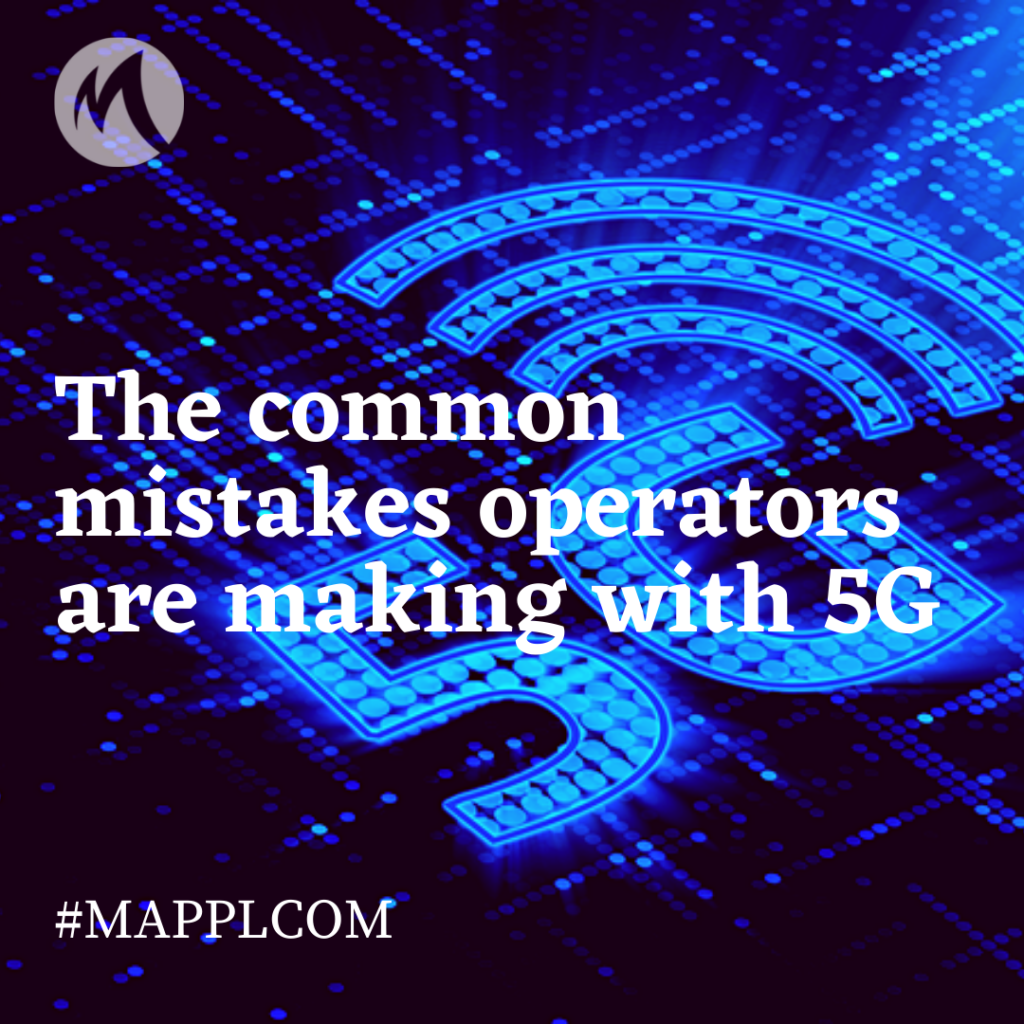The common mistakes operators are making with 5G

We have been discussing earlier, that Covid-19 pandemic acted as a catalysator for 5G development, even though many experts firstly had thought it would rather prevent 5G from fast financial success. Of course, the first lockdowns slowed the path of deployment down, but soon the rates were back to normal and even higher.
According to the recent surveys, the expected revenue of 5G network infrastructure over the next year can be as much as double of the results demonstrated last year, reaching as much as $15 billion. Contently growing investments by telecom operators in the sphere pretty much support these ideas. The number of currently existing 5G networks is limited by several hundred globally, and most of them are non-standalone (NSA), although some operators chose to go the extra mile with standalone service-based architecture (SBA).
These “pioneering” 5G deployments have definitely brought some lessons to be learnt from for further development. What are the key mistakes and best practices in this field and how can the future deployment be improved?
First of all, in order to enable new uses while migrating to 5G standalone architecture requires applying a 5G core. However, to secure a smooth shift from currently dominant 4G networks, operators have to maintain the existing infrastructure also. So, it is strongly advisable for the deployers to think on interworking between the generations from the very beginning.
Secondly, it is essential to bear in mind the complex nature of 5G architecture, and if some functional traits do exist in currently deployed 4G facilities, coming from EPC (evolved packet core), many still don’t – a nice example is network slice selection. A major mistake here by all the vendors is claiming that the solutions they propose are ready for this network slicing, but none of the clients would be enjoying the outcomes, until the network is truly ready. And trying to promote some part of the results before the full completion is a kind of putting the cart before the horse.
Another important insight on the deployment process is using multiple data management silos, where one core could be used by VoLTE (Voice over LTE), car cases could rely on another one and so on. For the use of 5G SBA the consolidation of all the existing pools to one central data management tool is needed to build the infrastructure sufficiently.
Operators should also design a proper and detailed roadmap with clear focus on monetizing new use cases.
Last but not least: one can’t just write-off 4G. Specialist say that it won’t just disappear overnight, for sure. This is why a strong combination has to be maintained by the developers.
This is just a few insights on the deployment of 5G networks which is happening right now around us. Using them in later iterations would make the whole process easier and make innovations come true sooner.

